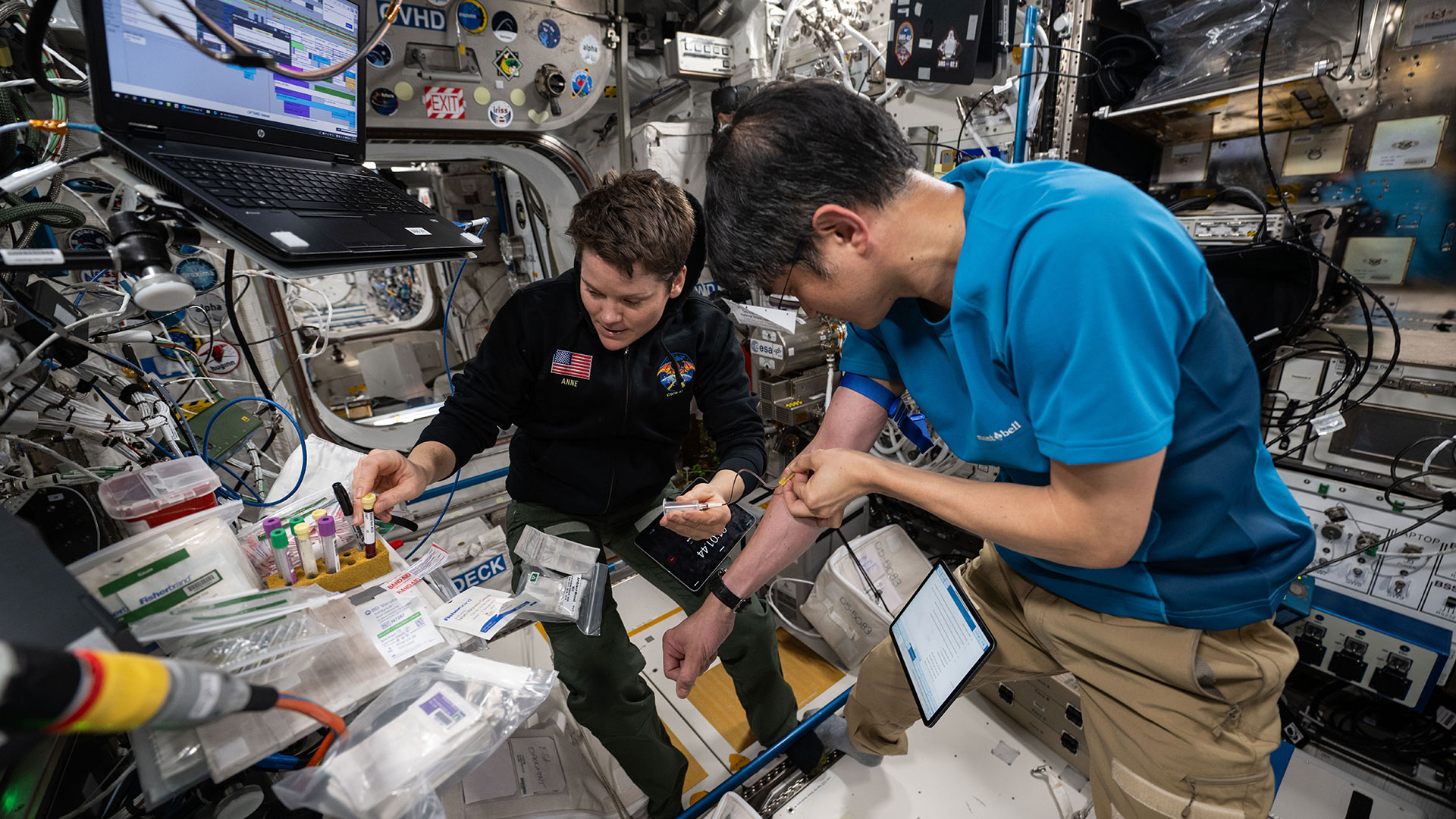How to photograph a lunar eclipse
Use this guide to photograph a total lunar eclipse. See our recommendations for the best cameras, settings and ways to capture the blood moon this March!
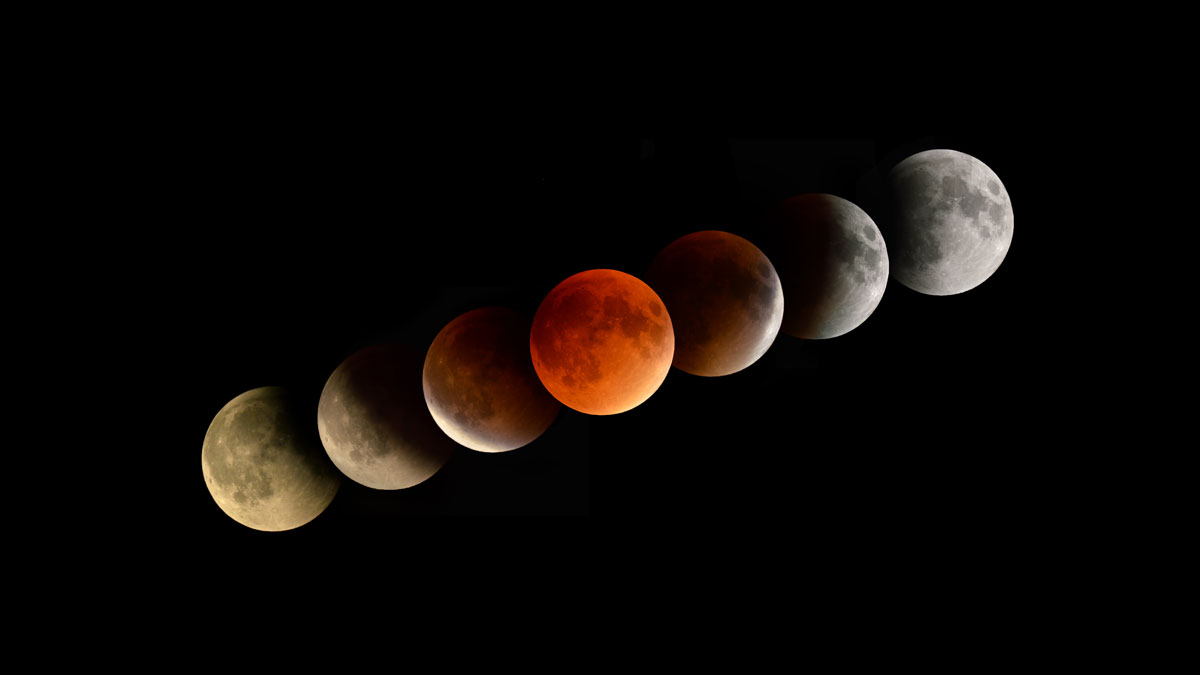
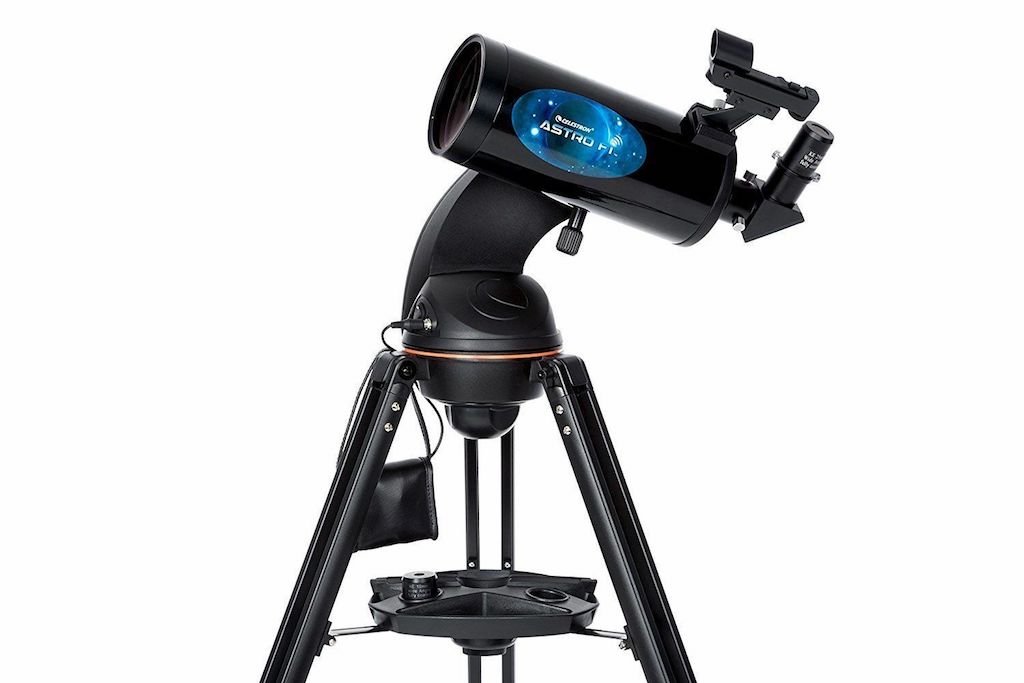
Looking for a telescope for the lunar eclipse? We recommend the Celestron Astro Fi 102 as the top pick in our best beginner's telescope guide.
On the night of March 13-14, a total lunar eclipse will be widely visible from North America, South America and further afield. This guide will help you photograph an event demonstrating the celestial mechanics of the solar system, as the moon enters Earth's shadow and plunges into a deep-red hue — a perfect astrophotography target.
This guide will walk you through how to take your own images of the total lunar eclipse, the equipment you need, weather forecasting tips, and how to achieve crystal-sharp images.
- Related: Best cameras for astrophotography
Equipment you need to photograph the moon
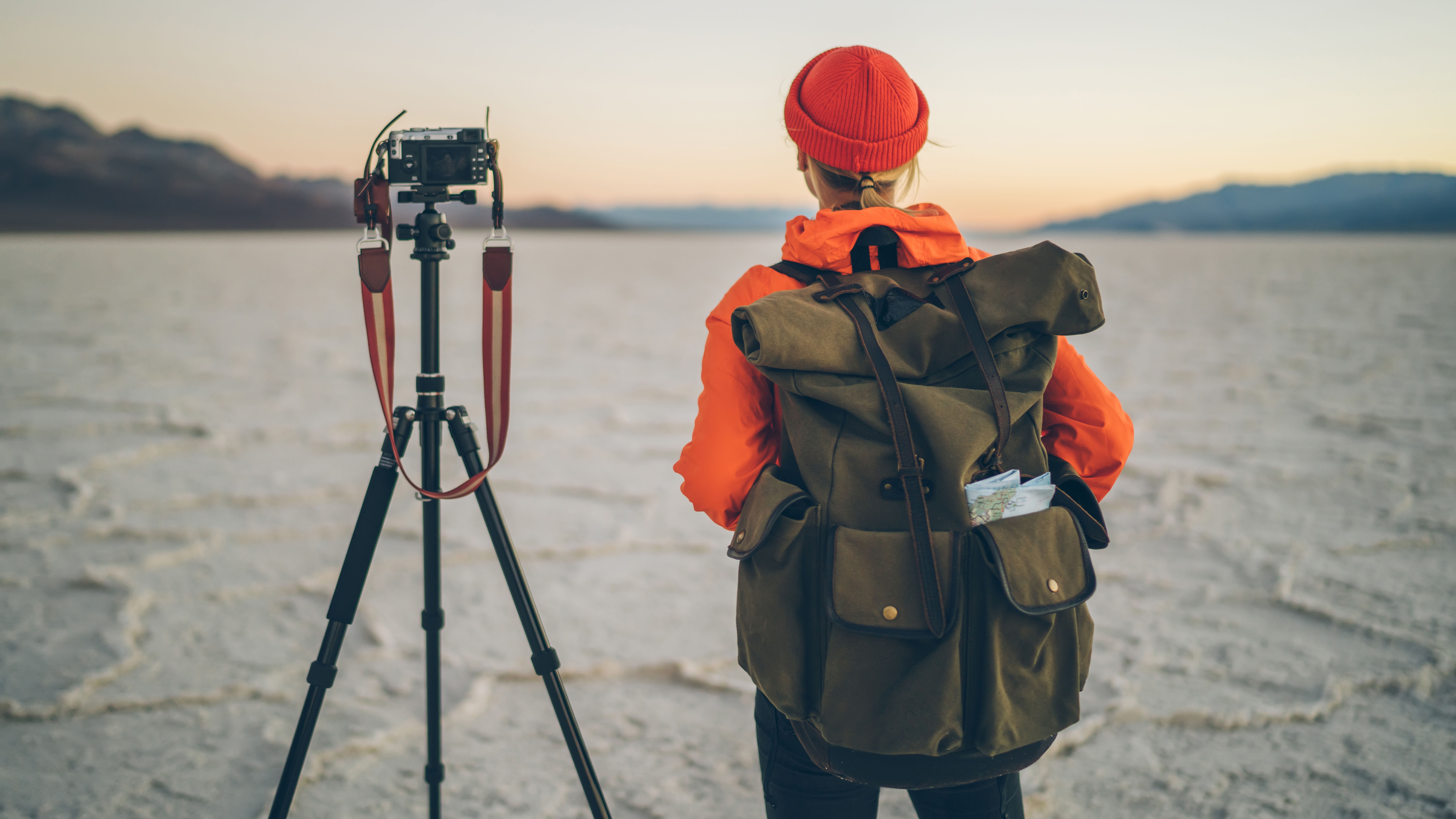
Which camera should you choose?
When you're photographing the moon, all you need is your conventional camera. DSLRs and more commonly mirrorless cameras are preferred because of their resolution and compatibility with a series of lenses. Crop and full-frame sensors can be used, so your choice will depend on your budget.
Crop sensors provide a longer focal length (or a zoomed-in image) than full-frame sensors do. However, because full-frame cameras have a higher pixel count, they allow you to resolve greater image detail. To see which models we recommend, take a look at our guide to the best cameras for astrophotography.
Lens choice and accessories for lunar imaging
Your choice of lens will be just as important as your camera. This will depend on the type of image you want. If you're looking to photograph a landscape alongside the eclipse, a wide lens will be preferred. Aim for a focal length of around 14 to 20 millimeters, which we recommend as the best lens for astrophotography.
If you're looking to capture a close-up of the moon, you will need to use a telephoto (or "zoom") lens. This will effectively use a greater focal length, narrowing your field of view to generate a greater image scale of the moon. You can also use a tele-extender (based on the magnification factor) up to two times (2x) the lens' focal length. The only caveat with this setup is that it introduces more glass, so it could reduce the image clarity.
The next option is to use a telescope. We've thoroughly tested options for every budget and experience level, so make sure to check out our picks for the best telescopes. This will change your imaging setup somewhat, but it's ideal because it handles greater optics and focal length to generate an image with better clarity and scale. A series of T adapters and T rings can be used to join your camera body to the telescope optical tube assembly.
Keeping the gear steady — use a tripod
To produce quality images with good optics, you need a stable foundation and thus a sturdy tripod, especially if you opt for a telephoto lens. This is a suitable choice for windy weather because it provides extra stability. Ensure that your camera and lens configuration do not overload the payload capacity of your tripod head.
To further increase stability, attach your camera bag (or sandbags, if you prefer) to the cord of your tripod. This will add greater weight and stability to your tripod. Telephoto lenses should be attached using the tripod collar, to equalize your lens' center of balance. If you're looking for lighter options or if you are traveling for the eclipse, check out our guide to the best tripods for astrophotography, landscapes and travel.
Other accessories that will help photograph the moon
Because the lunar eclipse will occur over a period of hours, it is a good idea to have many camera batteries and SD cards on standby just in case. Store your batteries in your pocket to keep them warm and increase their longevity.
One important piece of equipment is a star tracker. When set up correctly, this device will track the motion of the sky — or, in this case, the moon. Longer focal lengths allow you to keep the moon in the frame and make it easier to combine images in post-processing.
You may also consider using a remote shutter release cable or intervalometer. That way, instead of having to operate the camera directly, you can connect the cable to the camera port and operate it from a distance to minimize camera shaking. New camera models have built-in interval settings for this type of operation too.
To see in the dark and preserve your night vision, use a flashlight with a red light or one of our recommendations for the best headlamps. One of the best power banks will keep your equipment charged throughout the night.
How to prepare and plan for the total lunar eclipse
Celestial events require some planning and preparation. As the eclipse approaches, keep your eye on the weather forecast. This is paramount for observing the eclipse, which will happen over a few hours. Keep a lookout for the nearest clear sky during the eclipse time frame.
The next step is to clean and prepare your equipment. Make sure your camera sensor and lens are free of dust or marks. A number of apps can be used to see where in the sky the moon will be during the eclipse. A classic app to turn to is PhotoPills, but there are many others. Check out our picks for the best stargazing apps to help you see when the eclipse will be visible from your location.
On the night of the eclipse, leave plenty of time when you're traveling to prepare for any unexpected delays. Make sure your equipment is all setup and ready to go. Use a spirit level or bubble meter to ensure your tripod is on a level surface.
What camera settings are best for moon photography?
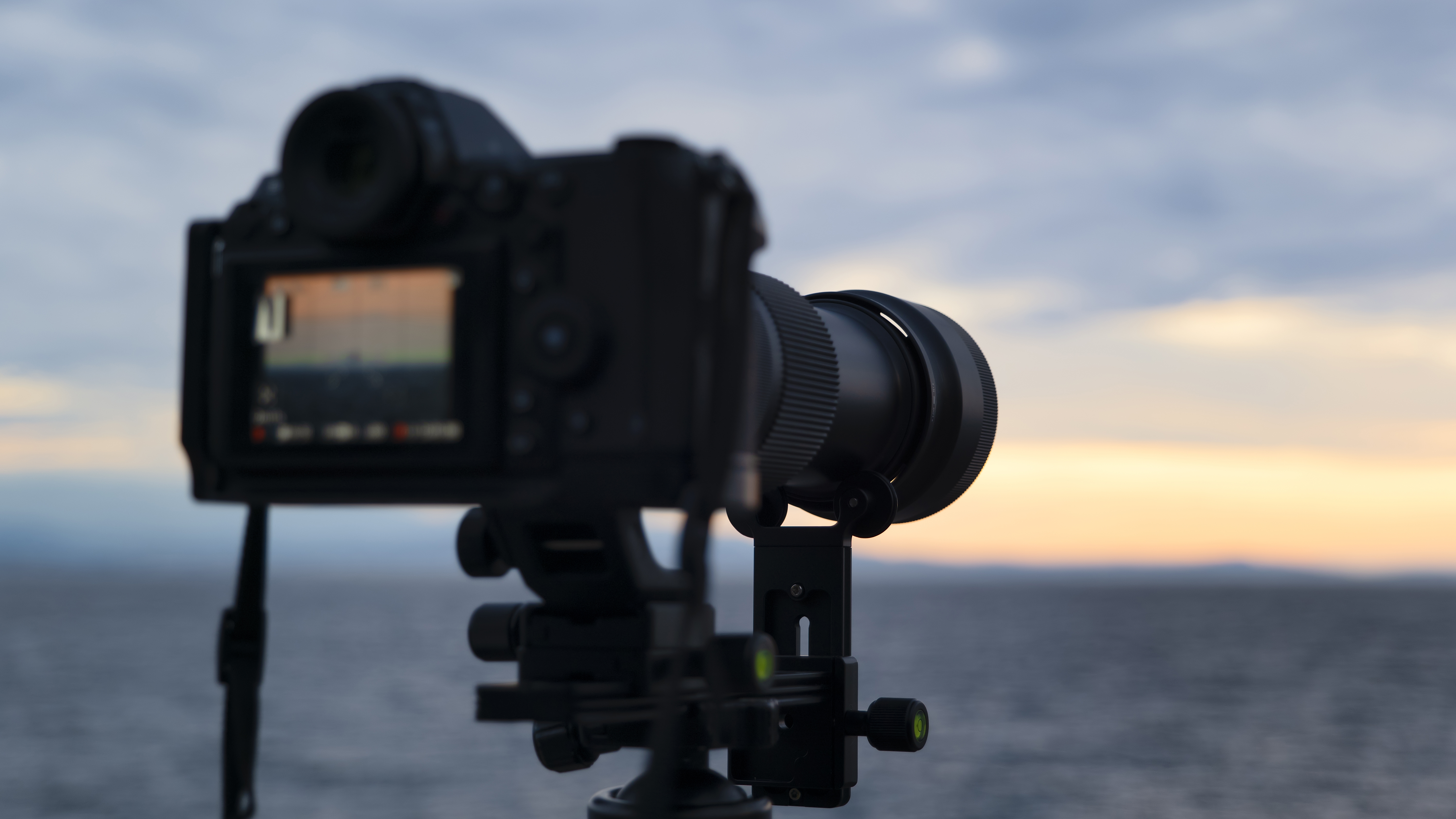
Best formats and modes for lunar photos
Make sure you are shooting in RAW mode to preserve as much detail as possible in your images because shooting in JPEG format compresses your image data, bakes in presets like white balance and renders less detail when capturing your images. Our next consideration is to shoot in manual mode. You are now in full control of the camera to operate the shutter speed (exposure), ISO and aperture settings. We recommend a low ISO of around 100 to 200, an aperture of around f/5.6, and shutter speeds between 1/250 and 1 second once the moon is totally eclipsed.
Aperture
Use your camera's widest aperture to locate the light of the moon. This will help you center the moon in your frame. The moon may appear overexposed, and you may need to dial down the camera settings based on the setup. Begin shooting at f/8. This will provide a good depth of field and minimal lens distortion and vignetting in your final images. A greater aperture of f/5.6 to f/4 can be used, but because more light enters the camera, the images will be more susceptible to distortion and image artifacts, such as vignetting.
ISO sensitivity
ISO is the sensitivity of your camera sensor. Because the moon is bright, you do not necessarily need to amplify the sensitivity of the sensor to obtain a clean image. A low ISO is advised to retain image detail.
Arguably, this figure can change as totality approaches. As the light of the moon diminishes between second and third contact, we can push for higher ISOs to capture the faint light of the eclipsed moon. Alternatively, a longer exposure may be used.
Shutter speed
This number will vary throughout the eclipse and really depends on how you want to photograph the event. As mentioned previously, you can use a low ISO and a greater exposure to capture totality, or amplify the ISO and use shorter exposures, which results in a grainier image. The choice is yours. It will depend on whether you are using a star tracker or a fixed tripod.
It is a good practice to balance all of your camera settings to boost the signal-to-noise ratio of your images. Use an adequate shutter speed, an increased ISO and a relatively wide aperture.
How to focus on the moon
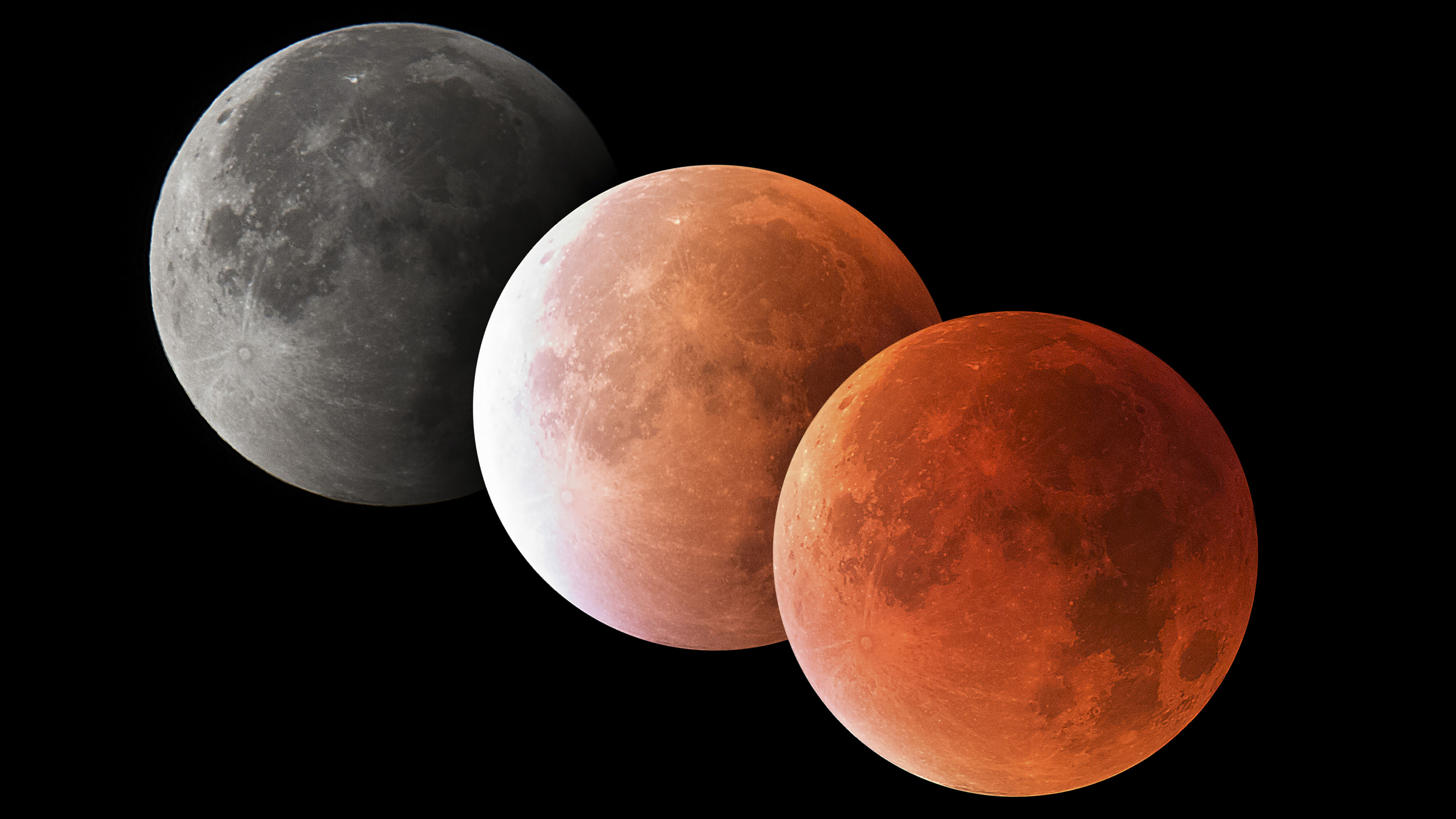
When you're taking a telephoto image of the moon, you should always shoot in manual focus mode. This gives you full control of the camera; autofocus tends to alternate focus between shots, and infinity focus is not always a good way to obtain a critically sharp image. However, as low light autofocus technology improves in cameras we are finding AF increasingly advantageous for gaining sharp relief, especially on half or full moon phases which are brighter than crescent phases.
When you take your photograph, use the camera's built-in digital magnification, with the LCD screen as a guide. Focus on the edge of the lunar limb and home in on darker, more contrasted regions of the moon. Adjust your focus back and forth to locate the sweet spot.
If you opt for landscape astrophotography, a subject matter can be incorporated as the eclipse progresses. Your foreground subject is paramount because it directs a narrative through your image. If your subject is behind the hyperfocal distance of your lens, both your subject and the eclipse will appear sharp in your photograph. If your lens' depth of field causes either the eclipse or the subject to be in focus, dial down your aperture and increase your ISO and exposure settings to balance your exposure.
How to compose a photograph of the lunar eclipse
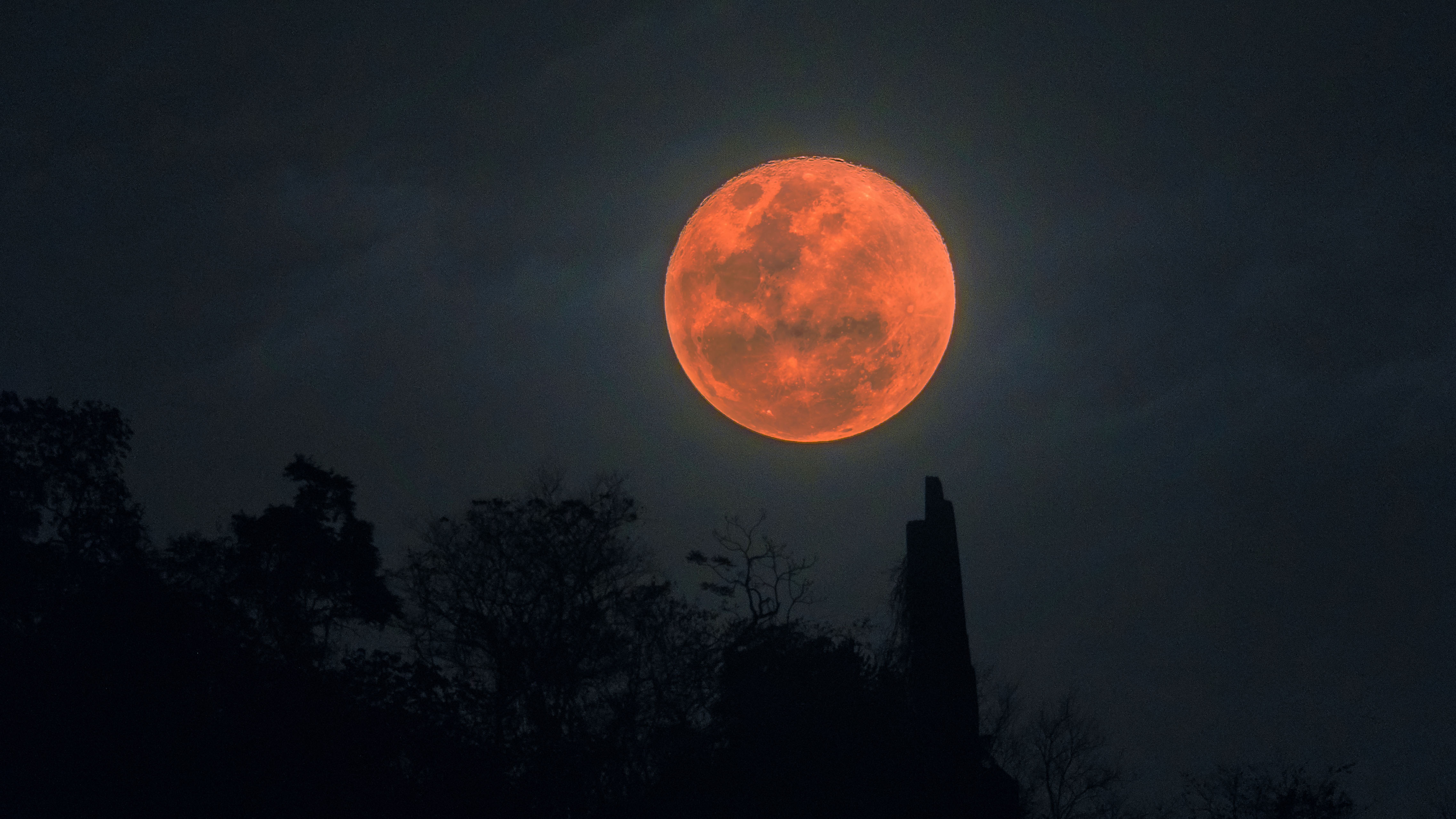
When you're taking a photo of just the moon, the most important aspects are the focus and exposure of your image. Keep the moon close to the center of the frame to maintain optimal focus. If you're not using a star tracker, you can capture a series of images while the moon drifts along the frame from east to west in the sky (or left to right halves of your frame). As the moon approaches the right side of the frame, readjust your composition to the left.
If you opt for a landscape image, use the rule-of-thirds technique — two-thirds sky and one-third foreground — to compose a balanced composition. This will direct a narrative to the eclipsed moon from your foreground setting. It is also possible to photograph the stars and/or constellations during totality. Longer exposures will be required for this, and a dynamic range image can be utilized by combining multiple exposures into a single frame.
Lunar eclipses explained
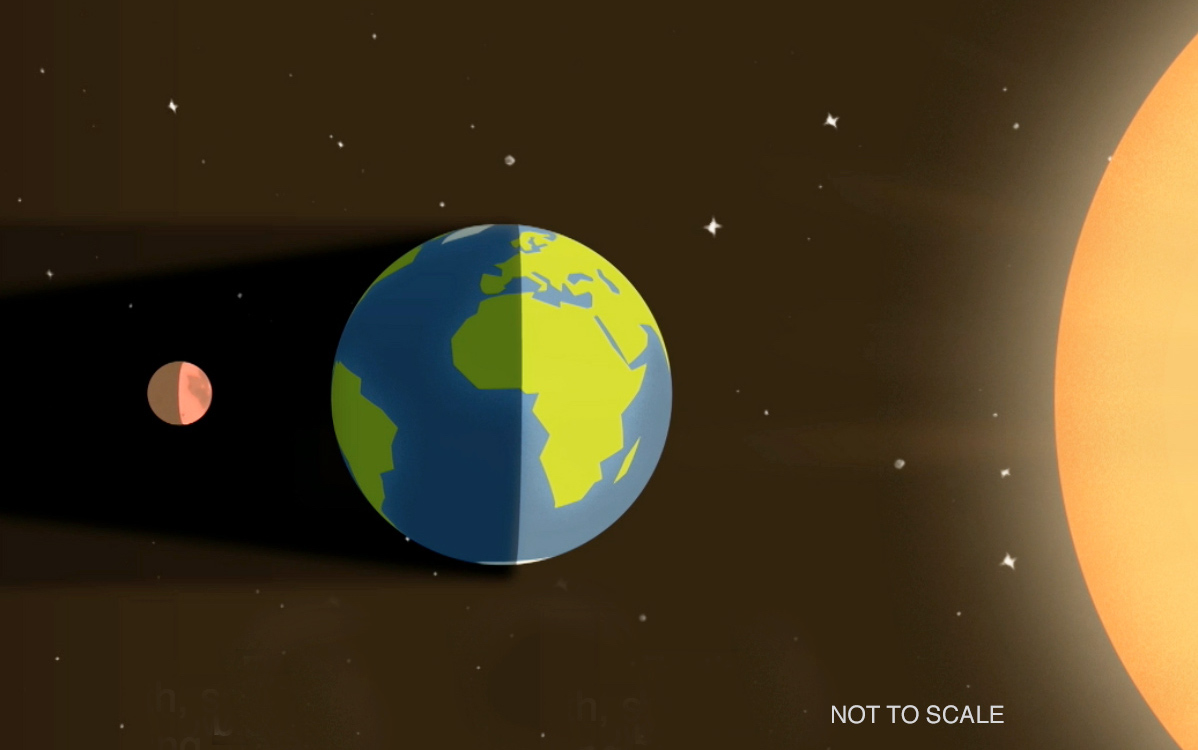
A lunar eclipse happens when the Earth moves between the sun and the moon, casting a shadow across the lunar surface. During certain times in the moon's orbit, the moon appears to enter Earth's shadow. A few weeks later, there is a solar eclipse, in which the moon is between the sun and the moon, casting a shadow over Earth.
There are three types of lunar eclipses: Penumbral, partial and total. A total lunar eclipse is by far the most dramatic, as the darkest part of Earth's shadow (the umbra) obscures light from the moon. Learn more about lunar eclipses in our lunar eclipse guide. Here are the stages of a total lunar eclipse:
Penumbral eclipse begins (P1): The penumbral (outer) part of Earth's shadow starts to move over the moon. This phase is extremely difficult to observe with the naked eye.
Partial eclipse begins (U1): Earth's umbra starts to cover the moon, making the eclipse more visible.
Total eclipse begins (U2): Earth's umbra completely covers the moon, turning it red, brown or yellow. This is popularly known as a blood moon.
Point of greatest eclipse (Max): This is the central moment of the total eclipse.
Total eclipse ends (U3): As Earth's umbra begins to move away from the moon, it starts to become visible again.
Partial eclipse ends (U4): Earth's umbra completely leaves the moon, allowing it to become entirely visible.
Penumbral eclipse ends (P4): Earth's penumbral shadow moves away from the moon, signaling the end of the eclipse.
Upcoming lunar eclipses
The next total lunar eclipse in 2025 is on the night of March 13-14. After that, the next total lunar eclipse is on September 7-8. NASA keeps a list predicting lunar eclipses until the year 2100 and our lunar eclipse guide is constantly updated with when, where and how to see them.
Join our Space Forums to keep talking space on the latest missions, night sky and more! And if you have a news tip, correction or comment, let us know at: community@space.com.
Get the Space.com Newsletter
Breaking space news, the latest updates on rocket launches, skywatching events and more!

Josh Dury (B.A. FRAS) is an Award-Winning Landscape Astrophotographer, Presenter, Speaker and Writer based in Somerset, UK. His work has been recognized by NASA, Astronomy Picture Of The Day, BBC, CBS, and CNN, amongst others. With endorsements from Apollo 11 Astronaut Buzz Aldrin and ESA British Astronaut Tim Peake. His work has been recognised by major photographic and astronomical bodies, including The World at Night (TWAN), Astronomy Photographer of the Year, Historic Photographer of the Year and PetaPixel, whilst collaborating with photographic brands: Canon, Sigma, Benro, NiSi and Tenba. As a Delegate of The International Dark-Skies Association (IDA) he uses astrophotography as a platform, in raising awareness of dark-sky conservation and the impacts of light pollution to the natural environment.
You must confirm your public display name before commenting
Please logout and then login again, you will then be prompted to enter your display name.
